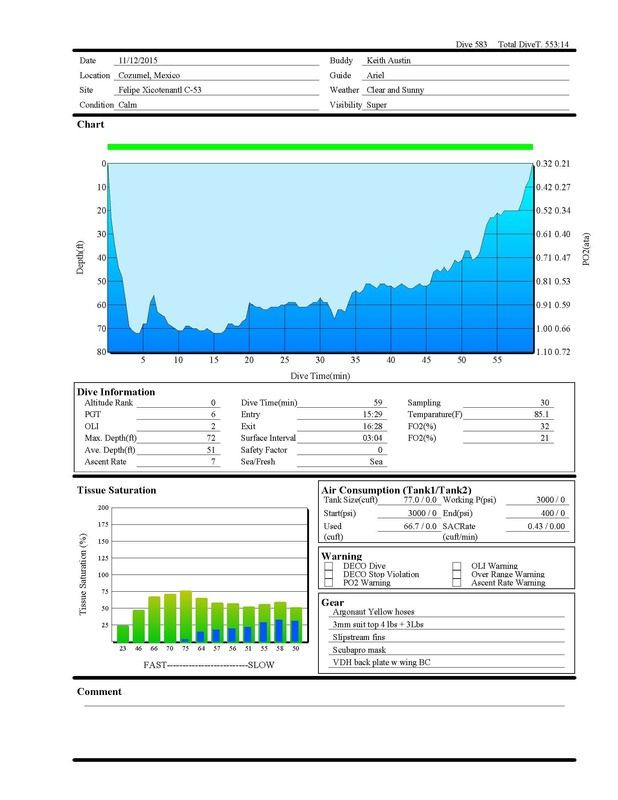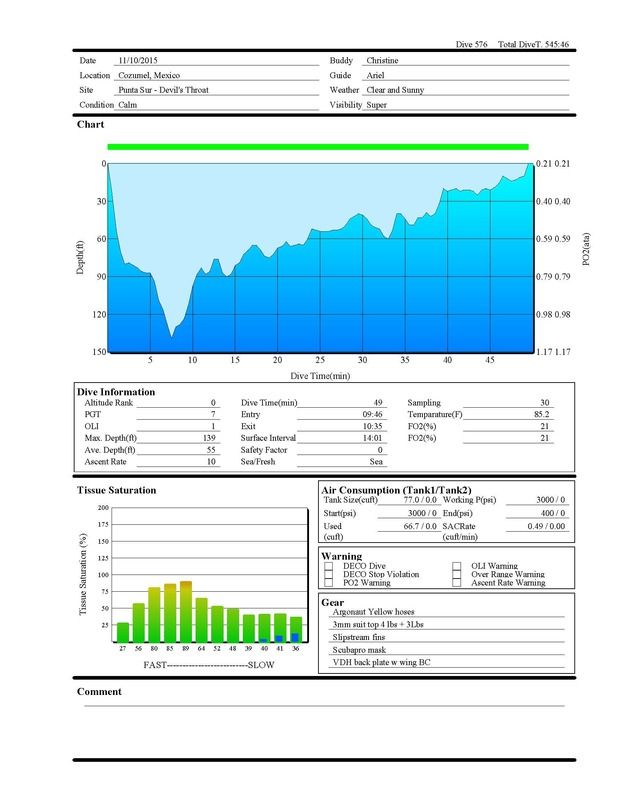The new DSV mouthpiece is now available for pre-order.
Store - Vintage Double Hose
Store - Vintage Double Hose
There is more information under those links.
---------- Post added November 28th, 2015 at 03:01 PM ----------
I have been meaning to post this here.
Argonaut Mechanism
The video below is a spin-off from one of the many analyses I did during the detail design of the Argonaut.
This animation is a simulation of the mechanical motion of the parts.
NOTE: THIS VIDEO IS NOT A REPRESENTATION OF A BREATHING CYCLE. It shows cycling the demand valve into a fully open position. Fully opening the demand valve will only occur during artificial “worst case” test modes. The flow rate capacity of the fully open demand valve will exceed any diver demand, at any realistic work load, and at any depth where air could be reasonably used (in deeper dives, helium/tri-mix is recommended).
One of the many things that was calculated is the mechanical advantage of the lever during the full motion cycle. The letters and arrows in the video represent key dimensions used in some of the calculations:
• D1 (Delta1) and D2 (Delta2): represent the primary displacements in response to the demand valve diaphragm action.
• L1 and L2: are used to determine the lever mechanical advantage as a function of travel passion.
• S1: the spring compression. It is used to determine spring force (again, for the full range of travel).
• Some of the other variables are used for other calculations.
• The blue arrows represent directional vector forces on the lever (the arrow size does not indicate force magnitude).
The analysis associated with this animation is actually one of the simplest analysis that was performed, but it produced an interesting visual image of the functional parts in action.
Note: In addition, I also did structural analysis on most of the parts. As part of the flow analysis, I have many drawings of section cuts of the complete flow path showing flow cross sections.
The data generated from the calculations has been validated and verified whenever possible with component and/or system testing.
[video=vimeo;116820483]https://vimeo.com/116820483[/video]
First stage:
If you are familiar with a Royal Aqua Master (RAM) or a Conshelf first stage, you will recognize similarity with the Argonaut first stage. That (RAM) first stage design has proven to be the most dependable with over 50 years good reliable history behind it.
Air passages:
Downstream, the air passages between the first and second stage of the Argonaut are totally new and much improved from a RAM. The flow pass impedance is lower than other double hose or single hose regulators. Confirmation of the improved inter-stage flow comes from an almost instantaneous Intermediate Pressure (IP) recovery during a breathing cycle (measured on any of the ports).
Second stage:
Unlike the first stage, the Argonaut the second stage is very different from a RAM. It combines the success of my HPR design with a new volcano orifice and a new venturi flow alignment/ interface with the hose-horn in the case. The venturi flow is smoother with the hose-horn designed to match the air flow out of the nozzle.
The demand valve (second stage) is the key component in achieving a great-performing regulator. Therefore, I opted for a simple modern design with good track record of performance and reliability.
Mechanically the second stage has a very simple appearance, but it incorporates several important details to minimize friction and maintain a very predictable motion for very smooth performance:
• The lever-fulcrum and lever-work-point are well defined contact edges with stainless steel washers for a bearing surface with a long predictable/ low friction life.
• The second stage is assembled as a module. The lever contact points in the module are self-aligning, with no binding or unnecessary friction
• All materials were selected for durability and low friction, including the round synthetic beads at the tip of the levers.
All the critical parts (volcano orifices, lever, lever bearing washers, springs, seat carrier, etc.) can be replaced if damaged, worn, or corroded in order to maintain the highest level of performance.
The case/ housing:
Not shown in the video is the housing. The housing was specifically designed to be integrated with the venturi flow design of the second stage. The hose-horn alignment, the shape, and the distance from the jet were design to optimize the venturi flow. The diameter of the horn was driven by the preferred hose size, therefore the other three variables were adjusted for the desired flow pattern.
---------- Post added November 28th, 2015 at 03:09 PM ----------
.
Now the complete package is finally coming together with the new DSV mouthpiece. I have already been thinking of a couple of new projects, but there are still a couple of small details left to refine on this one, just some minor possible options.






